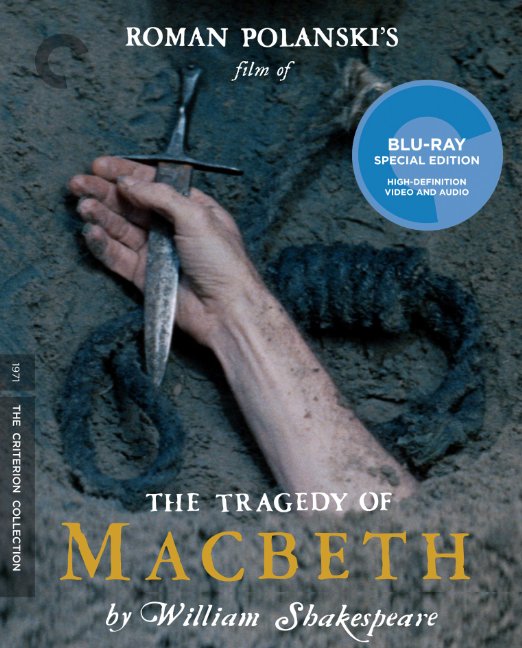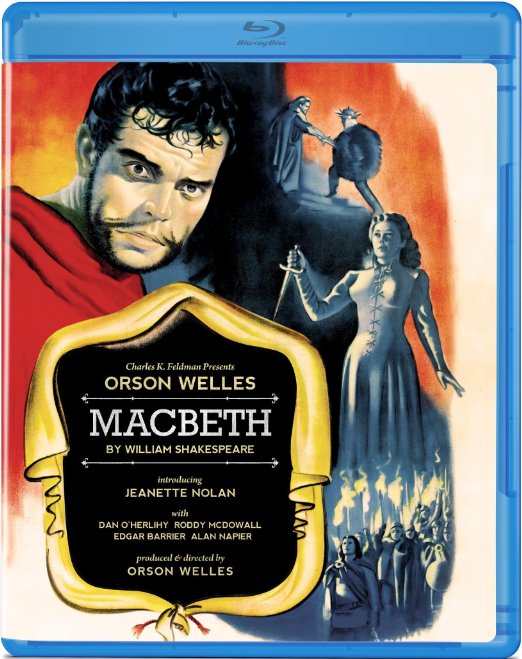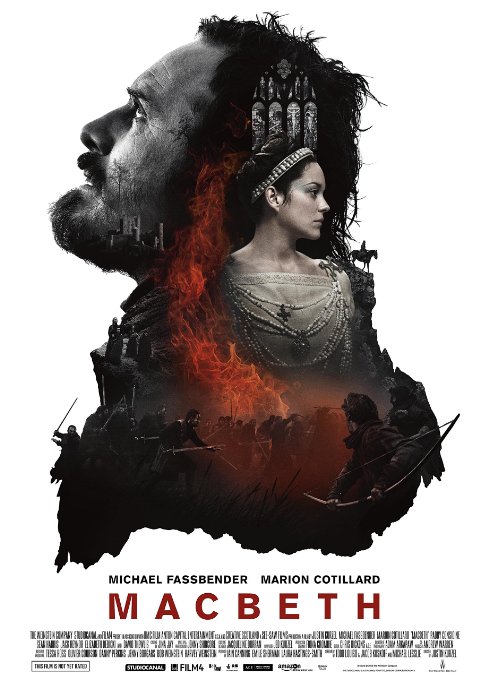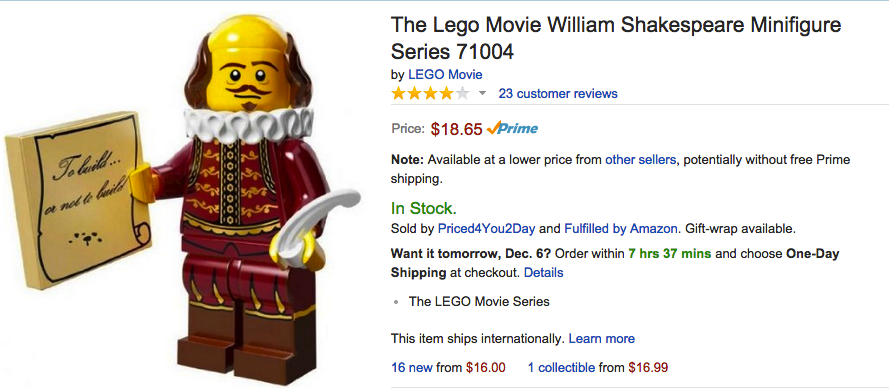Email all work for the course to me at [email protected]
You may have heard people make a pun on the word "class" in "class struggle," the struggle being fought out in the classroom. You may not realize it, but this classroom is your battlefield. And you may be the among the walking wounded and not even know it. Your professor is like a doctor performing triage. In a class with this many students,he or he has to decide who he or she can reach and teach. Any student who appears, intentionally or not, to be uninterested in learning will be left for dead, or regarded as lost among the walking dead.
Week One: Introduction to Shakespeare, Text, and Film
May 9: Crash Course on this Course / Close Reading
St. Crispin's Day Speech in Laurence Olivier's Henry V (1944) and Kenneth Branagh's Henry V (1989).
What to cut, what to keep for production? What must the audience know?
"To Be or Not to Be"s: Line Delivery / Which Text?
Textual Corruption
May 10:
Required Viewing:
Throne of Blood (Akira Kurasowa, 1957)
It's on hulu http://www.hulu.com/watch/225626 A degraded version is online here:
http://www.dailymotion.com/video/x122jr4_throne-of-blood-1957-pt-1_creation
In Class Viewing (No DQs assigned):
Hamlet (1990) Official Trailer - Mel Gibson, Glenn Close Movie HD
Carl Orff - O Fortuna ~ Carmina Burana
FYI: William Empson, "The Structure of Complex Words," The Sewanee Review, Vol. 56, No. 2 (Spring, 1948), pp. 230-250.
Campbell Crockett The Journal of Aesthetics and Art Criticism Vol. 11, No. 3 (Mar., 1953), pp. 269-271.
William Empson, Seven Types of Ambiguity vimeo video
May 11:
Orson Welles, The Chimes at Midnight (1966)
Required Reading:
Michael Anderegg, "Chimes at Midnight: Rhetoric and History," in Orson Welles: Shakespeare and Popular Culture, 123-40.
In Class Quiz on Film Analysis Terms
May 12:
Required Viewing:
To Be or Not to Be (Ernst Lubitch, 1942)
Co-Leading Class / Quiz
May 13:
TBA
First Assignment, a Film Clip Analysis Assignment, Due Saturday, May 14 by 11:59 p.m. Email it to me at [email protected]
Week Two: Hamlet
May 16:
Required Readings: Hamlet
1. John Dover Wilson, What Happens in Hamlet
2. Harold Jenkins, ed. Hamlet Arden 2, "Longer Note" on the dumb show
May 17:
Required Viewing:
Laurence Olivier, Hamlet
May 18:
Required Viewing:
Hamlet (dir. Alexander Fodor, 2007) and Maurizio Calbi, Spectral Shakespeares, pp. 99-114.
May 19:
Required Viewing:
May 20:
Film Clip Assignment Conferences in 4314 Turlington, beginning at 7:40 a.m.
Second Assignment, a 500 word close reading due May 21 by 11:59 p.m. Email it to me at [email protected] Put your name in the subject title or header of your title. Put your name in your paper. You will need a title for your paper and a thesis, an argument that you can state in one sentence. Your thesis should go at the end of your first paragraph. See Paper Guidelines. Grading: If you don't put your name on your paper, it's an automatic E. If you don't have a proper title, it's an automatic E. If you don't have a thesis, it's an automatic E. One third of your grade will be based on your title; one third on your thesis; and one third on the rest of your paper. Btw, you may figure out your title before you write your paper, but usually, you only figure out your thesis by writing your paper and what you think is your conclusion needs to be moved up from the end of the essay to the front. Then you are ready to make your final revisions and add a new concluding paragraph. You may also have come up with a new title in the course of writing the paper. And then you are ready to proofread your paper. And then you will have finished writing your paper. Congratulations! :)
Week Three: Macbeth
May 23:
Required Viewing:
Roman Polanski's Macbeth (1971)

May 24:
Required Viewing:
1. Orson Welles' Macbeth longer cut of 1948 (119 minutes)

May 25
Required Viewing:
Macbeth (dir. Justin Kurzel, 2015)

May 26:
Read Macbeth
May 27:
Close Reading Conferences in 4314 Turlington, beginning at 7:40 a.m.
Week Four: Othello
May 30
Memorial Day Holiday
May 31:
Required Viewing:
Orson Welles, Othello (1949, 1950, 1951)
June 1:
Required Viewing:
Oliver Parker, Othello
June 2:
Required Viewing:
A Double Life (dir. George Cukor, 1947)
June 3: Read Othello
Week Five: King Lear
June 6:
Read King Lear
June 7:
Required Viewing:
Lear (dir. Grigori Kozintev, 1964)
June 8:
Required Viewing:
Ran (Akira Kurosawa, dir. 1985)
June 9:
Required Viewing:
King Lear (dir. Peter Brook, 1971)
June 10: Work on Your Final Paper
Final Paper (700 words, not including the title or quotation) due June 11 (please email it to me at [email protected]).
Week Six: Student Performances of Speeches in class.
June 13 TBA
June 14 TBA
June 15 TBA
June 16 TBA
June 17 It's a wrap
New Series Will coming to TNT.
King Lear (dir. Trevor Nunn, starring Ian McKellen)

Here are some general remarks on your DQs and co-leading class:
Focus your DQs concretely on a scene or scenes or a recurring element in the film. Fully describe what you want to discuss in class so that anyone in class will know what you are talking about immediately and be able to refer what you are saying to the film when discussing it in class. If possible, give a time stamp for any shots you mention.
Focus your DQs only on the film under discussion. Don’t compare it to other film adaptations we’ve seen. (We can do that in class.)
Ask questions that can be pursued in discussion. “Why is the sky blue?” is not a fruitful question for discussion, as you all know.
4. When co-leading class discussion, skip “the did you like it or not?” question and go directly to the scenes you want to discuss. Show the sequence, ask students what you want them to do when you show the sequence (like take notes on it), then show the scene, then we can discuss it with the scene freshly in mind.
When you prepare your two scenes form a film for class discussion, please send me an outline of them that looks like these, prepared for Kosintev’s Hamlet:
Opening Scene/After Credits (2:40 - 5:23)
Close-up of stone wall; dramatic orchestral music; pan left to an opening in the wall; medium long shot of guard overlooking ocean holding flag
Cut to low angle pan shot of men on horses riding alongside tall wall (presumably of the castle); music continues; steady camera on backs of both men as they stop and raise their hand
Cut to extremely low angle; steady shot of castle; music continues; plain black flags are hung out of two different windows and over a bannister
Cut to longer shot of castle; still low angle; and guard holding black flag over bannister
Cut to long take close-up of black flag waving in front of oceanic landscape in deep focus; music continues
Cut to long tracking shot of two men on galloping horses, one in front of the other; medium shot; in an open field; looming clouds; dramatic music continues; camera tracks Hamlet, who is in the lead; other horseman falls out of the frame; pan slightly back to put rear horseman back into frame
Cut to long shot of two men, sides facing the camera, and loose architectural structures; medium angle; pan left to high angle shot of the two horsemen riding; continues panning to stay focused on them
Cut to high angle, long shot of vast landscape and horsemen approaching; dramatic music continues, but slows a bit; camera tilts downward to come to lower angle and meet Hamlet on his horse; camera continues to tilt downwards after he passes and is now a low angle shot of him crossing the drawbridge into a lighted area; two guards in far left corner of the frame; steady camera shot as three more horsemen enter through the lowered gate
Cut to inside the castle; long shot; camera is in shadowy section of the split lighting; three men walk towards where Hamlet is coming from in the lit section of the corridor; music is currently inaudible; two men run from outside the frame away from the camera; Hamlet and his companion pull back on their horses as the two men approach them; music is slow and quiet; more people begin approaching
Cut to low angle shot behind guards looking up to the castle; camera tilts upwards to see Hamlet running up the stairs; dramatic music picks back up; guards leave the frame; long shot of Hamlet running passed a group of men all wearing black; steady shot as he enters the doorway
Cut to low angle shot of Hamlet walking through a corridor away from the camera; medium shot; music sounds a bit victorious; camera tracks him as he walks towards his mother, who is meeting him to hug him in dramatic grief (she is weeping); Claudius is in deep focus behind her
Cut to high angle long shot of guard facing away from the camera, with men, cannons, and ocean in deep focus in front of him; guard signals to men; dramatic music continues and is synchronized with each cannon firing
Cut to long take of high angle shot of eight men turning a wheel; high key lighting; music continues
Cut to close up, ground level shot of drawbridge; guard in deep focus; music slows, sounds suspicious; steady movement on the bridge raising and the gate lowering;
Cut to low angle shot of castle through a corridor with high walls; camera is moving backwards; music continues
Cut to crane shot of cylindrical moat; drawbridge closing all the way; sliver of light on the far wall; music continues, but comes to a sound of resolution
End scene
Hamlet Dragging Lord Polonius Scene: Around 1:17:00
Medium close-up and soft shallow focus on Hamlet. Slow/slight tilt both upwards and downwards following Hamlet’s head. Sound heard from the echoes of Hamlet and Gertrude’s voices.“It is not madness I have, mother, bring me to the test.” said by Hamlet.
Cut to medium close-up of Hamlet holding the curtain with Lord Polonius inside. Hamlet begins to laugh maniacally as the camera tilts downward to focus on Polonius. Pans to the left as they reach the door and tilts back up to Hamlet as continues to laugh and leave the shot by entering the door but that is not the end of the shot. You still hear his laughter.
Cut to curtains blowing in the wind with the echoes of Hamlets devious laughter.
Cut to the outside shot of the castle where the sound of the wind grows and transitions with the softer yet still echoing laughter of Hamlet.
Scott Newstock, Weyward Macbeth: Intersections of Race and Performance
Stephen Booth, "On the Greatness of King Lear" in King Lear, Macbeth, Indefinition, and Tragedy